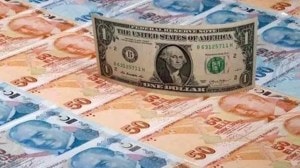Google’s research arm, Google X, is called the company’s Moonshot Factory. One reason the company picked the word “Moonshot” was to remind people to tackle big problems that may well blow up in their faces.
Last month, after years of promotion, Google ended a test trial of its internet-connected glasses, called Glass. While the device seemed to have promising commercial applications in hospitals or on factory floors, its first pass at the consumer world was unsuccessful.
The very public failure of Glass points to a bigger question. After patiently abiding a steep increase in research and development spending on efforts that range from biology to space exploration, Wall Street is starting to wonder when — and if — Google’s science projects will pay off.
“We want companies to continue to push the envelope, but there has to be some financial responsibility around that,” said Ben Schachter, an analyst at Macquarie Securities. “We have no real insight into what’s going on.” So investors are left to guess. Two years ago, analysts estimated that Glass sales would be $3 billion to $11 billion by 2018. Google’s self-driving car project, which faces huge technological and regulatory hurdles, has been called a $200-billion opportunity by Gene Munster, an analyst at Piper Jaffray.
“These are guesses at best,” he said. “Our price target is based on things that are tangible, but we say on top of that there are wild cards.”
The wisdom of financing wild cards would not be under question if Google’s core advertising business — which accounts for about 90% of its revenue — were roaring. But its growth, while still up about 20% from a year ago, has slowed, and the company’s dominance in desktop search engines has been eroded as consumers spend more time on mobile phones whose tiny screens are a less lucrative ad space.
Now, instead of pie-in-the-sky estimates for products that may never become reality, the focus is on more mundane issues like costs and profit margins.







